What is Expected Value? How to Calculate and Understand EV Poker
Expected value (EV) is a term that is commonly used in the game of poker. It refers to the estimated value of an action in a poker hand, taking into account the probability of winning or losing. Understanding EV is crucial for any serious poker player as it can help them make informed decisions and maximize their profits.
In this article, we will delve deeper into the concept of expected value in poker. We will discuss the calculation method, its significance, importance, and how it can be applied in real-life situations. So, grab your chips and let’s get started!
Definition of Expected Value
Expected value in poker is the estimated value of an action in a poker hand. It represents the potential profit or loss based on the probability of winning or losing. To put it simply, EV is the average amount of money that a player can expect to win or lose over a large number of hands.
The concept of expected value is based on the principle of probability. It takes into account all possible outcomes and assigns a value to each outcome based on its likelihood. This value is then multiplied by the potential gain or loss to calculate the overall expected value.
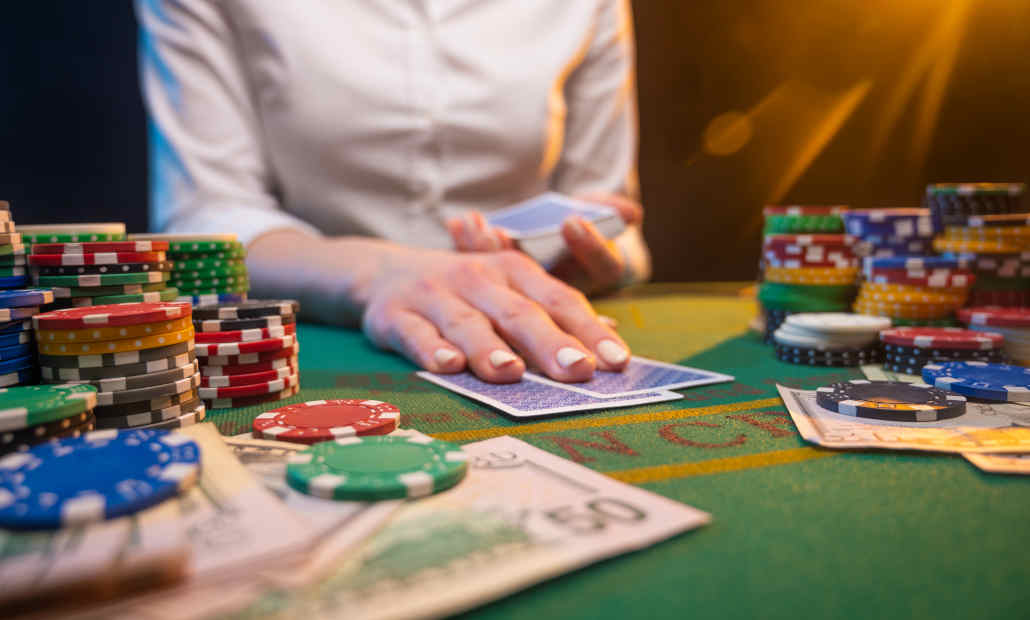
In poker, expected value represents the anticipated worth of a decision made during a hand
Components of EV
There are three components that make up the expected value in poker:
- Win (W): This refers to the potential amount that a player can win if they make a specific action in a poker hand.
- Probability of winning (%W): It is the likelihood of winning a particular hand or situation. This is usually expressed as a percentage.
- Lose (L): This represents the potential amount that a player can lose if they make a specific action in a poker hand.
- Probability of losing (%L): It is the likelihood of losing a particular hand or situation. This is also expressed as a percentage.
Formula for Calculating EV
The formula for calculating expected value in poker is quite straightforward:
EV = (%W x $W) – (%L x $L)
Let’s break this down further. The first part of the formula calculates the expected value of winning, while the second part calculates the expected value of losing. The final result is the difference between these two values, which gives us the overall expected value.
Significance of Expected Value
Expected value can be either positive (+) or negative (-). A positive EV indicates a favorable action with a higher probability of winning, while a negative EV indicates an unfavorable action with a higher probability of losing.
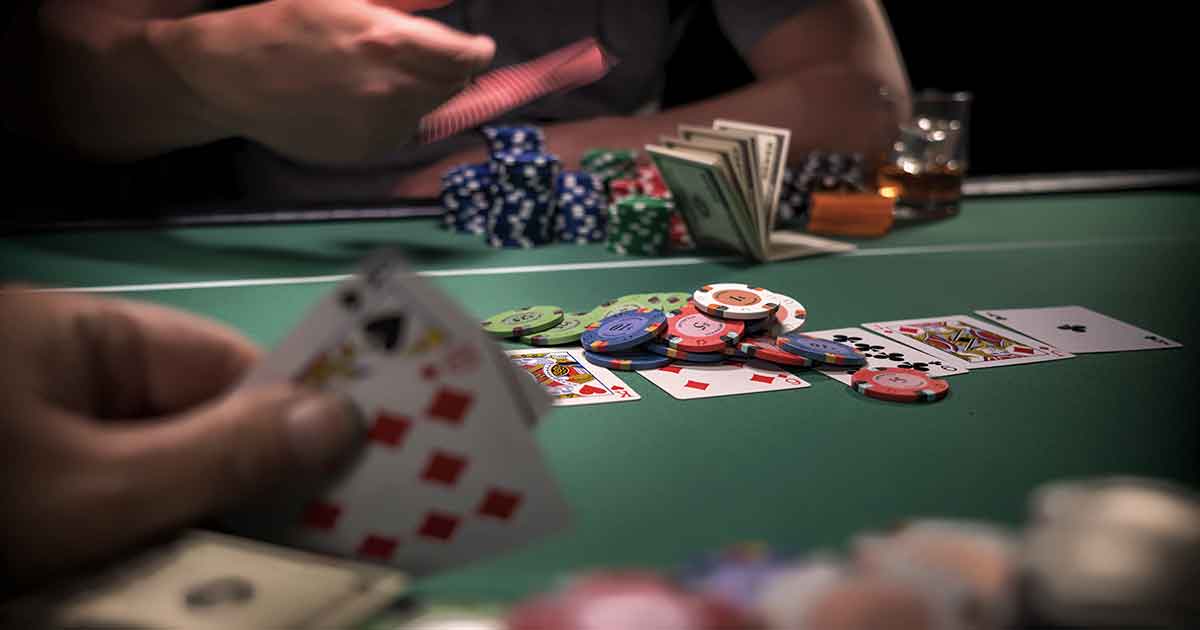
A positive expected value signifies a beneficial move likely to lead to winning, whereas a negative expected value indicates a detrimental move more likely to result in a loss
Positive vs. Negative EV
In poker, players should always strive to make decisions that have a positive expected value. This means that over the long run, these actions will result in a profit. On the other hand, making decisions with a negative expected value will lead to losses in the long run.
For instance, in a coin toss game where you bet $1 and have a 50% chance of winning and a 50% chance of losing, the expected value would be:
EV = ($1.5 x 0.5) + (-$1 x 0.5) = $0.25
Since the EV is positive, it indicates that this action is beneficial and will result in a profit over time. However, if the EV was negative, it would mean that this action would lead to losses in the long run.
Impact on Decision-Making
Expected value plays a crucial role in decision-making in poker. Players should always consider the EV of each possible action before making a move. This helps them make informed decisions and choose actions that will be profitable in the long run.
By calculating the EV, players can determine which actions have a higher probability of resulting in a win and thus, increase their chances of winning the hand. It also allows players to avoid actions with a negative EV, thus minimizing their losses.
Impact on Long-Term Profitability
In poker, the ultimate goal is to be profitable in the long run. By understanding and utilizing expected value, players can make decisions that maximize their profits and minimize their losses. Even if they lose some hands in the short term, making the right moves with a positive EV will ensure their profitability in the long run.
Importance of Expected Value
The importance of expected value in poker cannot be overstated. It is a vital tool that helps players analyze the potential outcome of different actions and guides them towards making profitable decisions.
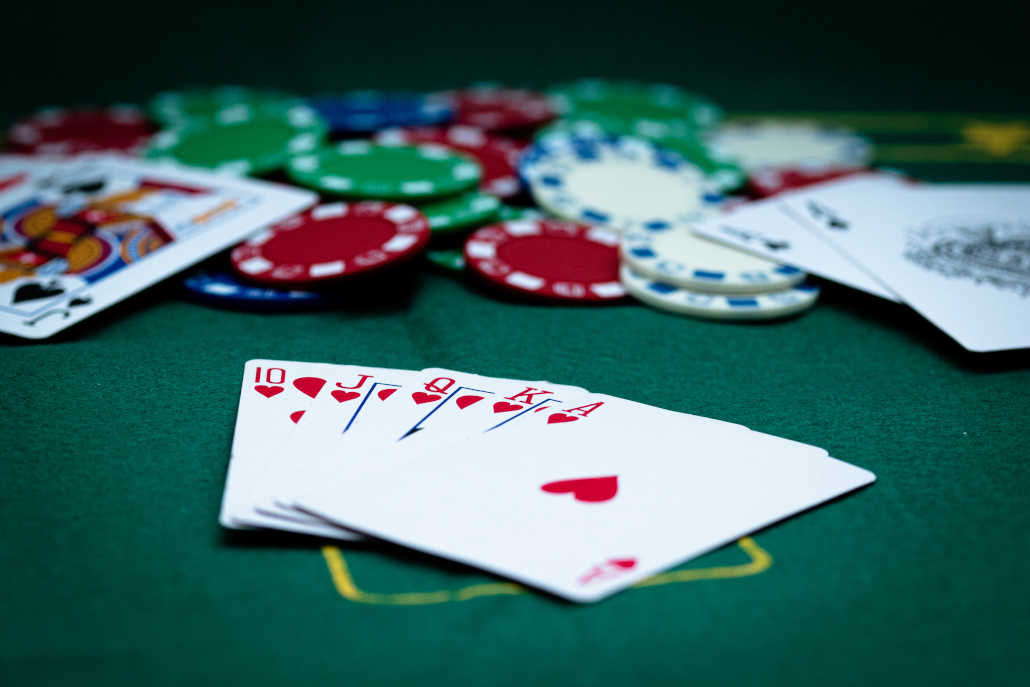
It is an essential tool that assists players in assessing the potential results of various actions and directs them in making decisions that are likely to be profitable
Role in Strategic Poker Playing
Poker is a game of skill, and strategic thinking is essential to be successful. Expected value plays a crucial role in strategic poker playing as it allows players to analyze each situation objectively and make the best decision based on the EV.
For example, in a poker tournament, a player may have to decide whether to go all-in or fold. By calculating the expected value of each action, they can determine the best move that will give them the highest chance of winning the hand and progressing in the tournament.
Maximizing Profits through EV Analysis
Expected value analysis is also crucial for maximizing profits in poker. By understanding EV, players can identify actions that have a higher probability of resulting in a profit and make them more frequently. This can significantly impact their overall profitability in the long run.
Additionally, by analyzing the EV of different actions, players can also identify profitable situations and capitalize on them. For instance, if a player notices that their opponents are making frequent mistakes with a negative EV, they can exploit this and increase their profits.
Identifying Profitable and Unprofitable Actions
Expected value can also help players distinguish between profitable and unprofitable actions in poker. By analyzing the EV of different moves, players can identify which actions are worth pursuing and which ones should be avoided.
For example, in a poker hand, a player may have to choose between calling or folding. By calculating the expected value of each option, they can determine which one has a higher probability of being profitable and make the appropriate decision.
Application of Expected Value
Expected value can be applied in various real-life scenarios, not just in poker. Let’s look at two examples where EV can be used to make informed decisions.
Example 1: Coin Toss
Let’s revisit the coin toss example mentioned earlier. In this scenario, the win amount is $1.5, the lose amount is $1, and the probability of winning and losing is 50% each.
EV = ($1.5 x 0.5) + (-$1 x 0.5) = $0.25
The result of $0.25 indicates that this action is beneficial (EV+). Therefore, it would be a profitable decision to bet $1 in this coin toss game.
Example 2: Turn Card Situation in Poker
Let’s consider a scenario in a poker game where a player has A♥, 2♥ and the board has Q♥, K♦, 3♥, 7♦. The opponent bets all-in for $50, and the player needs a heart to make a flush.
The probability of hitting a heart on the turn is calculated as follows:
Probability of hitting a heart = Number of outs / Remaining cards
In this case, there are nine hearts remaining in the deck (known as “outs”), and there are 46 remaining cards. Therefore, the probability of hitting a heart is:
9/46 = 0.2 or 20%
However, since there are two rounds left (the turn and river), we need to calculate the probability of hitting a heart in both rounds. This is done by multiplying the probability of hitting a heart on the turn by the probability of missing on the first round (80%).
Probability of hitting a heart in 2 rounds = 0.2 x 0.8 = 0.16 or 16%
Therefore, the expected value in this situation can be calculated as follows:
EV = ($150 x 0.2) + (-$50 x 0.16) = $30 – $8 = $22
The result of $22 indicates that this action is also beneficial (EV+). Thus, making the call would be a profitable decision in the long run.
Common Mistakes in Calculating Expected Value
While expected value is a crucial concept in poker, many players make mistakes when calculating it. Some of the common errors include:
Misunderstanding the Concept of EV
One of the most common mistakes made by poker players is misunderstanding the concept of expected value. They may think that if a particular action has a positive EV, it guarantees a win. However, this is not true. A positive EV only means that the action is likely to be profitable in the long run, but there is still a chance of losing in the short term.
Failing to Consider All the Components
As mentioned earlier, expected value takes into account three components: win, probability of winning, and lose, probability of losing. Many players make the mistake of focusing only on the potential win amount and neglecting the other components. This can lead to inaccurate calculations and ultimately incorrect decisions.
Overlooking Important Factors like Variance and Bankroll Management
Expected value does not factor in variance, which refers to the natural fluctuations in results over time. Even if an action has a positive EV, there is still a chance of losing due to variance.
Additionally, bankroll management is crucial for long-term profitability in poker, but it is often overlooked by players when calculating EV. Bankroll management refers to the practice of managing one’s poker funds to ensure they have enough to withstand any downswings or losses. Neglecting this aspect can lead to significant losses even when making decisions with a positive EV.
Conclusion
Expected value is a critical concept in poker that every serious player should understand. It allows players to analyze the potential outcome of different actions and make informed decisions that will maximize their profits. By taking into account all the components of EV and avoiding common mistakes in its calculation, players can improve their strategic thinking and become more profitable in the long run. So, next time you sit down at the poker table, remember to consider the expected value of your actions to increase your chances of success.
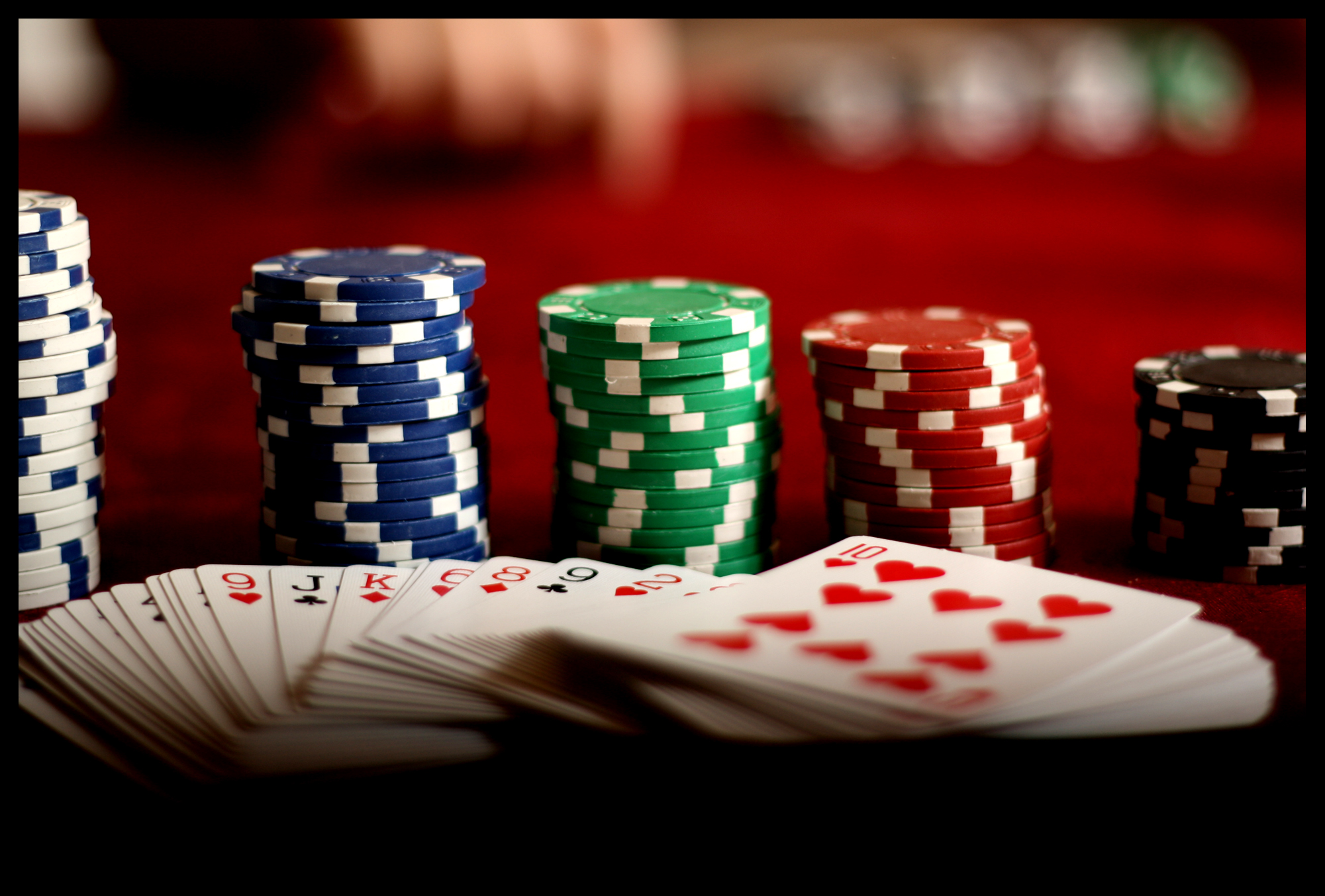

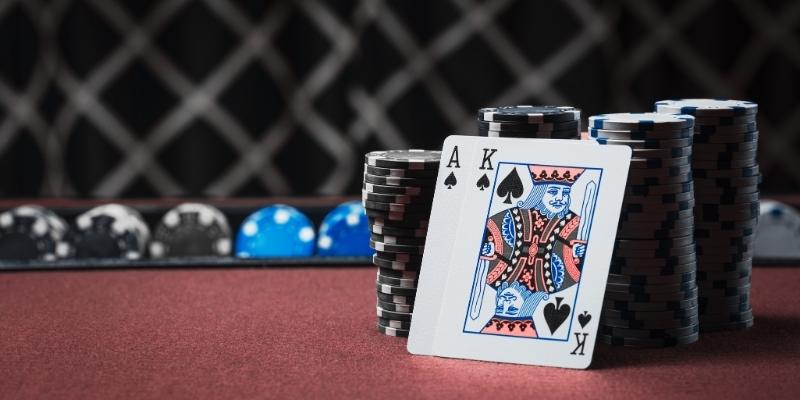

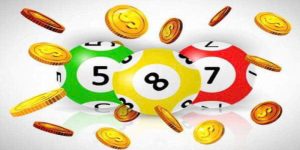



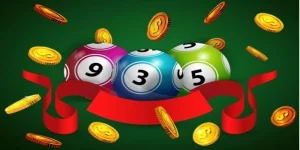


Post Comment